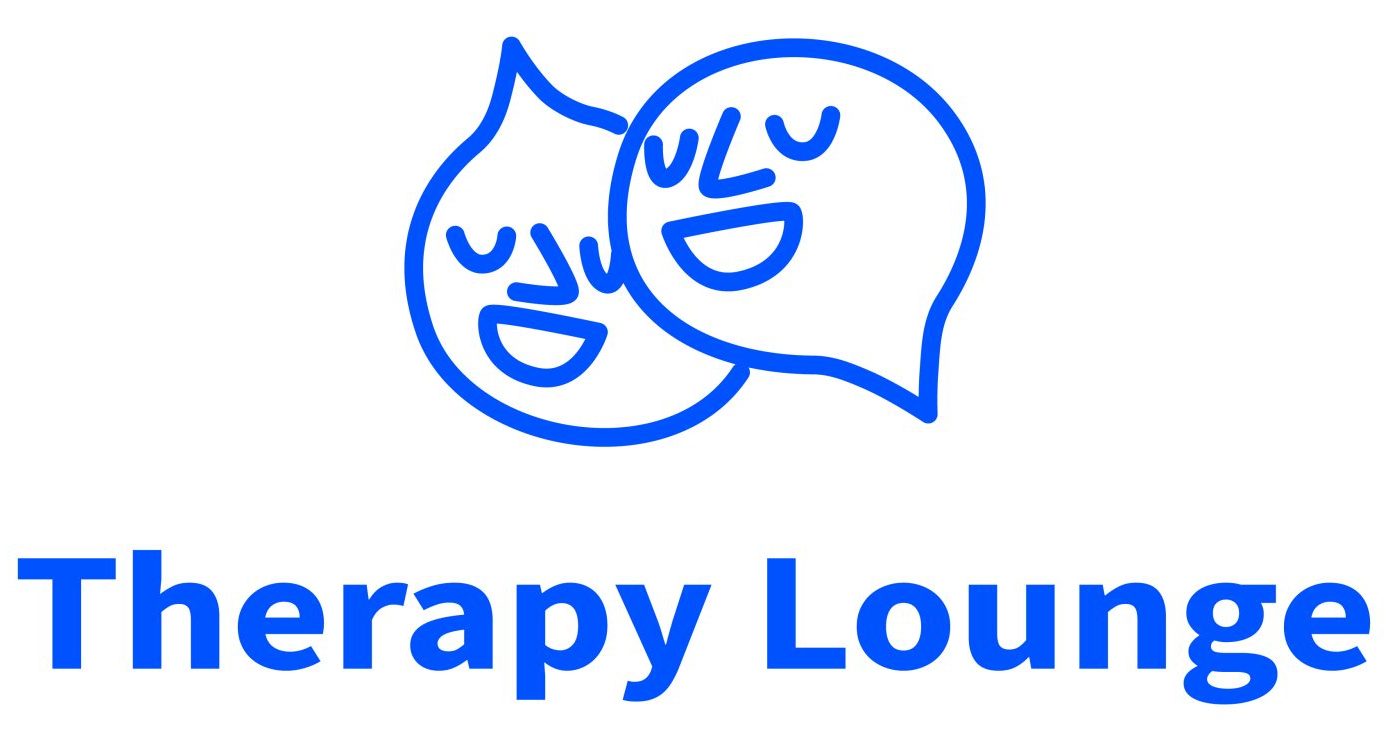Kelly GonsalvesContributing to Sex & Relationships Editor
Kelly Gonsalves works as a journalist, relationship coach, and sex educator. Northwestern University awarded her a journalism degree. Her writings about sex, identity, wellness, and relationships have been published in The Cut, Vice, Teen Vogue Cosmopolitan, and Teen Vogue.
It’s common to hear the term “relationship” used so often that people assume it has a single definition. The truth is that the word “relationship” encompasses so many types of human connections, both romantic as well as nonromantic. No two people probably have the exact definition of what makes a relationship. Here’s a quick guide to the basics.
What is a relationship?
A relationship can be any connection or association between people, regardless of whether it is intimate, spiritual, or positive. People refer to “being in a relationship,” meaning a particular type of romantic relationship involving emotional and sexual intimacy. element_id” data-track-prop-link=”https://www.mindbodygreen.com/articles/things-nobody-tells-you-about-being-married” data-track-type=”article-link” href=”https://www.mindbodygreen.com/articles/things-nobody-tells-you-about-being-married”>marriage to codependent friendships,
These are the basic types of relationships:
Familial relationships are also known as family members and relatives
Friendships
Acquaintances
Sexual relationships
Work and professional relationships
Relationships between teacher and student
Relationships between groups or communities
Place-based relationships include neighbors, roommates, and landlord/tenant relations
Rivals and enemies
Relationship with self
Different types of romantic relationships
People use many relationship labels to describe their relationships with others. Here are some of the most basic types of romantic relationships.
Dating
There is no consensus on the level of Commitment implied by two people stating they are “dating.” Some people use the term only when they have a committed relationship, while others indicate that they are just exploring the possibility of a relationship.
Relationship with a committed partner
When referring to couples, “in a relationship” often refers to a long-term, committed romantic relationship. A committed relationship is when two or more people agree that they will continue to be in a relationship for the future. They decide to continue spending time together, working on their relationship, and continuing to nurture it. To signify their Commitment to another person, people in committed relationships might use identifiers such as boyfriend or girl.
Traditional monogamy means that a couple is romantically and sexually exclusive. This means they will not have other romantic or sexual partners. Exclusiveness is not required in nonmonogamous relationships.
One form of a committed relationship is marriage. It’s when a couple publicly swears to be together and forms a legally binding union.
Casual relationship
A casual relationship is when two or more people are dating and spending time together. They may also engage in sexual or romantic activities, but the relationship is not expected to last. These relationships are more temporary and may only stay for a while.
Casual sex
A casual sex relationship involves two or more people who spend their time together solely to have sex. They may see one another regularly for sex or just once. Although they may enjoy each other’s company, they might not be interested in a relationship. element_id” data-track-prop-link=”https://www.mindbodygreen.com/articles/how-friends-with-benefits-works-the-kind-healthy-way” data-track-type=”article-link” href=”https://www.mindbodygreen.com/articles/how-friends-with-benefits-works-the-kind-healthy-way”>friends with benefits” situation.
5. Situationship
Situationships are romantic relationships that have yet to be defined explicitly, often by omission. element_id” data-track-prop-link=”https://www.mindbodygreen.com/articles/why-defining-the-relationship-is-important-and-how-to-have-the-conversation” data-track-type=”article-link” href=”https://www.mindbodygreen.com/articles/why-defining-the-relationship-is-important-and-how-to-have-the-conversation”>DTR talk” (aka a conversation explaining the relationship).
Generally speaking, situation ships usually have more emotional involvement than a friends-with-benefits scenario but not the explicit romantic feelings and Commitment of a committed relationship.
Ethical nonmonogamy
Open relationships, Sternberg’s triangular theory of love, identifies three main components of love: passion, intimacy, and Commitment. Power refers to a feeling of excitement and attraction. Intimacy refers to feelings of closeness, connection, and Commitment refers to the decision to continue to nurture and support the relationship. A couple can be in one of seven types of relationships depending on the presence of any of these elements.
Passion only: infatuation
Intimacy only: friendship
No love at all: Commitment only
Romantic love: passion + intimacy
Fatuous love: passion + Commitment
Companionate love: intimacy + Commitment
Consummate Love: Passion + Intimacy + Commitment
Remember: Just because you have defined the relationship, it does not mean that you must enter into a committed or serious relationship. Clarity is all that matters when defining a relationship.













